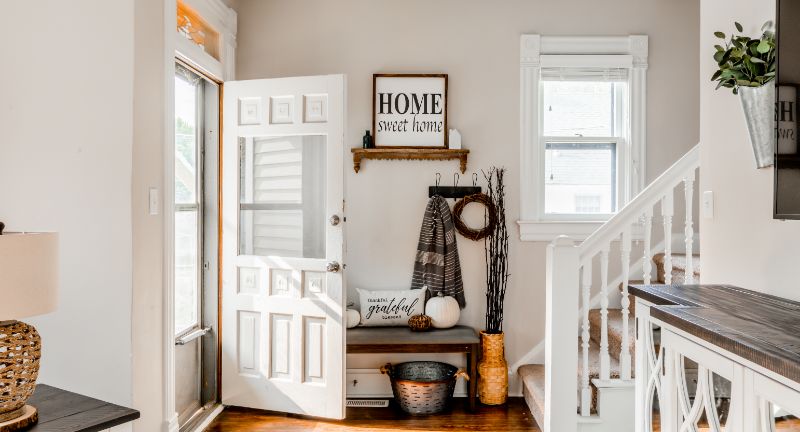
Shutterstock
Many see their home as a valuable asset that grows over time, but could hidden factors actually be chipping away at its value? While most homeowners focus on upgrades and curb appeal, certain unnoticed or misunderstood issues might quietly erode your property’s worth
From over-customized renovations to neglected maintenance, these common missteps can turn potential buyers away or slash your equity. Identifying these pitfalls now can save you from costly regrets later and keep your investment on solid ground. Let’s uncover the surprising things that might be hurting your property value and how to fix them before it’s too late.
Neglected Landscaping

Shutterstock
An unkempt yard with overgrown grass, weeds, or dead plants sends a signal that the property is poorly maintained. First impressions matter, and a messy exterior can deter buyers before they even step inside. Investing in basic landscaping or hiring a professional can drastically improve curb appeal. A tidy yard can make your home look well cared for and increase its perceived value.
Over-Personalized Décor

Shutterstock
Brightly painted walls, bold wallpaper, or quirky fixtures that reflect personal tastes may not appeal to most buyers. Neutral tones and classic designs give buyers the flexibility to envision the space as their own. Over-personalization often leads to a need for immediate renovations, which may turn buyers away. Consider depersonalizing and staging your home in a more universally appealing style.
Poorly Executed DIY Repairs
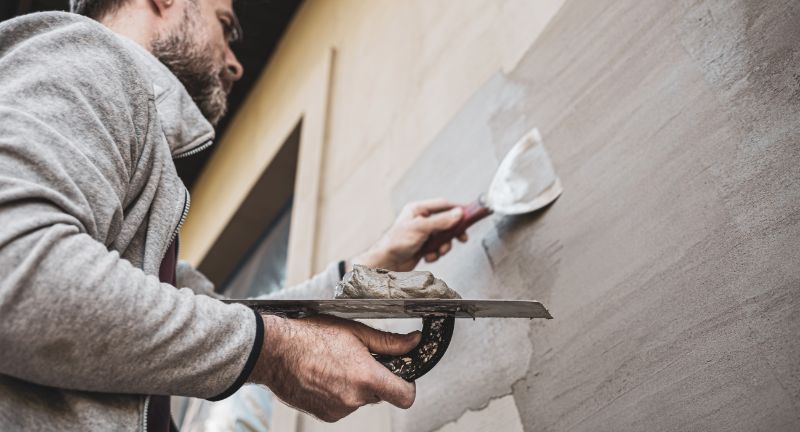
Shutterstock
DIY fixes that are poorly done or incomplete can stand out to potential buyers and inspectors. Whether it’s uneven flooring, crooked cabinetry, or visible patchwork, these flaws can raise concerns about the overall quality of maintenance. A professional touch ensures repairs are both functional and aesthetic. Spending a little extra upfront could save you from a significant price reduction during negotiations.
Outdated Kitchen
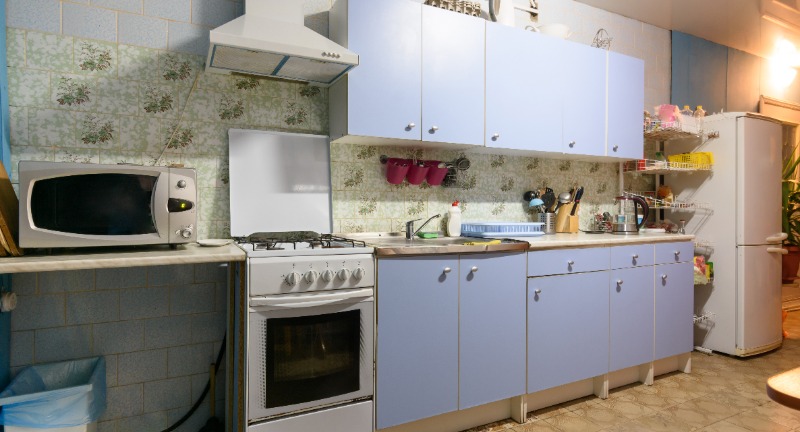
Shutterstock
A dated kitchen with old appliances, faded cabinetry, or linoleum countertops can make your home feel stuck in the past. Kitchens are one of the most scrutinized areas by buyers, often determining the overall impression of the property. Updating to modern finishes and energy-efficient appliances can yield one of the highest returns on investment. Even small changes, like replacing cabinet handles or light fixtures, can make a big impact.
Cluttered or Dark Interiors

Shutterstock
Cluttered spaces and poor lighting make rooms appear smaller and less inviting. Buyers are less likely to envision themselves in a home that feels cramped or shadowy. Decluttering and investing in good lighting can instantly transform a space, making it feel brighter and more spacious. A well-lit and tidy home suggests openness and potential.
Lack of Energy Efficiency
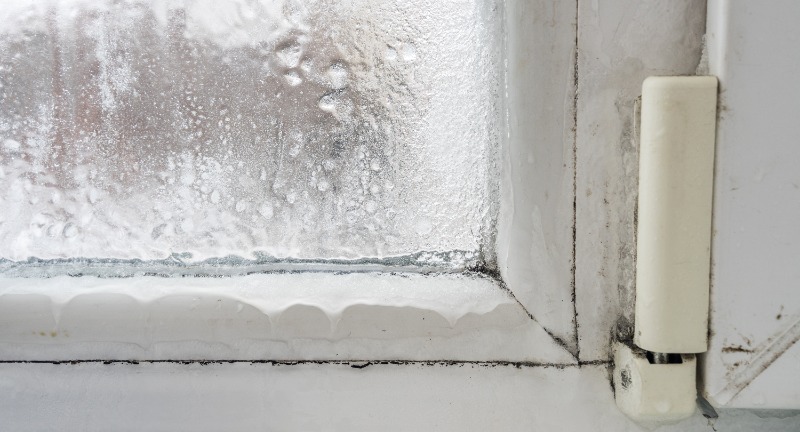
Shutterstock
Energy-efficient homes are increasingly desirable, as buyers look for ways to reduce utility costs. Drafty windows, poor insulation, and outdated HVAC systems can deter environmentally-conscious buyers. Installing energy-efficient upgrades, such as LED lighting or smart thermostats, can appeal to this growing demographic. Plus, energy-efficient features often qualify for tax incentives, adding further value.
Dated Bathrooms
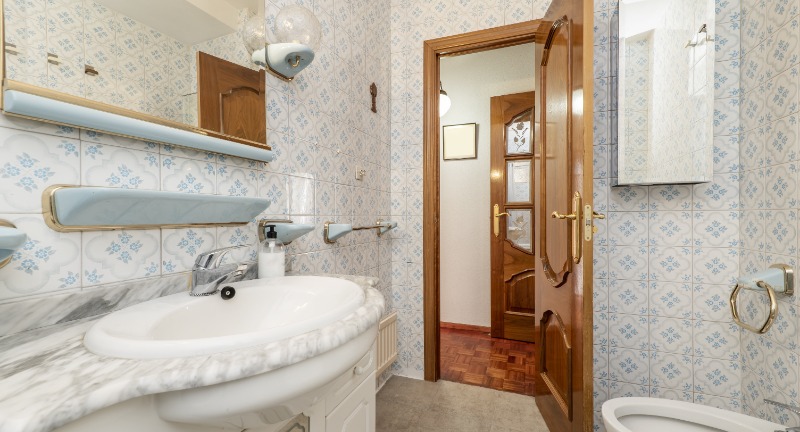
Shutterstock
Much like kitchens, bathrooms are a major factor in a home’s perceived value. Old fixtures, grimy tiles, and outdated color schemes can turn buyers off. Simple updates like modern faucets, regrouted tiles, or a fresh coat of paint can do wonders. For more impact, consider upgrading to a walk-in shower or contemporary vanity.
Too Many Custom Features
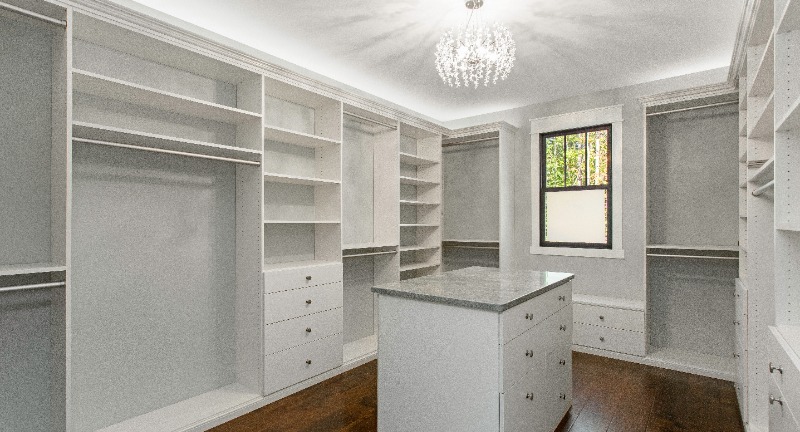
Shutterstock
Highly specific customizations, such as built-in aquariums or themed rooms, can narrow your buyer pool. These features may not align with every buyer’s needs or lifestyle, making the home less versatile. Neutral, adaptable spaces are more appealing and allow buyers to personalize after purchase. Removing or toning down unique additions can widen your home’s market appeal.
Unfinished Basements or Attics
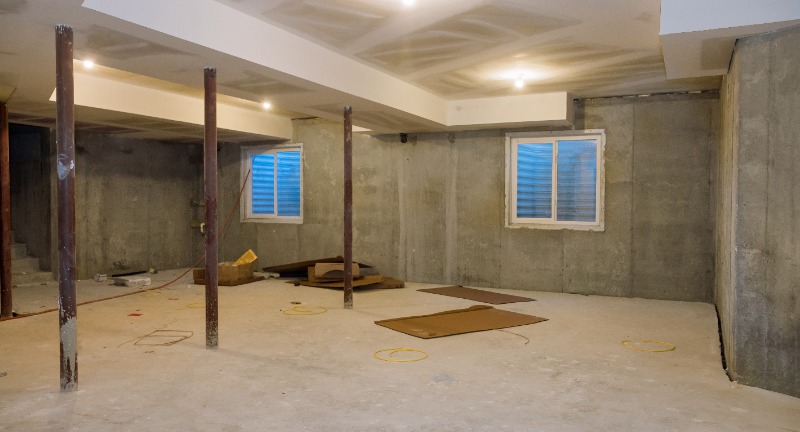
Shutterstock
Spaces that could be finished but aren’t represent missed opportunities for added square footage. Buyers often see this as additional work and expense, leading to lower offers. Converting these areas into functional spaces, such as a guest suite or home office, can significantly boost your home’s value. Even modest improvements, like flooring and basic lighting, can make a difference.
Poor Curb Appeal
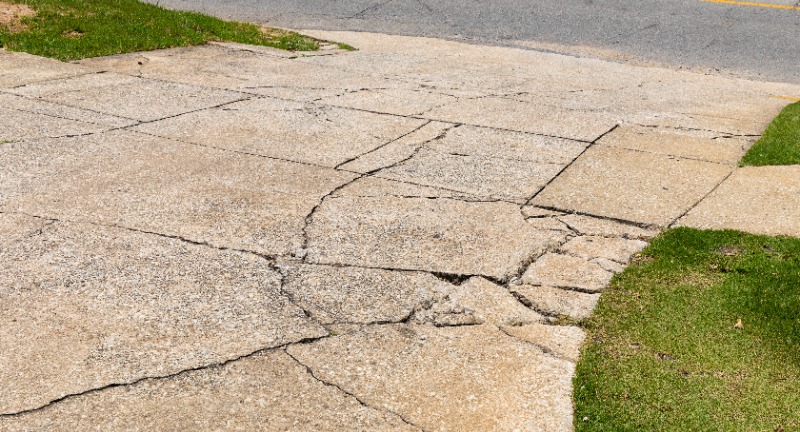
Shutterstock
Chipped paint, a cracked driveway, or outdated siding can give your home a neglected appearance. Buyers form their first impression within seconds of seeing your property. A fresh coat of paint, new hardware, and minor repairs can create an inviting exterior. Curb appeal sets the tone for how buyers perceive the rest of your home.
Small Closets or Limited Storage
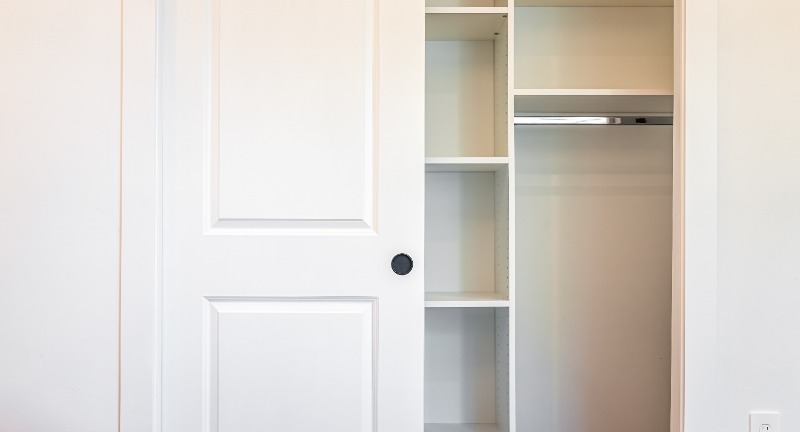
Shutterstock
Lack of storage is a common deal-breaker for many buyers. Overstuffed or cramped closets highlight the issue even more. Adding organizational systems or extra shelving can optimize existing spaces. Where possible, consider creating new storage areas, like under-stair cabinets, to increase functionality.
Lack of Outdoor Living Space
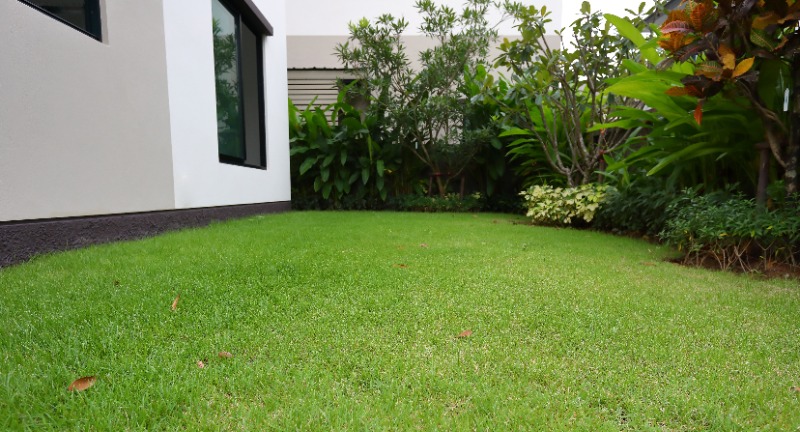
Shutterstock
In today’s market, outdoor spaces are more valuable than ever. A neglected backyard or absence of a patio or deck can limit buyer interest. Creating a functional outdoor area with simple additions like seating, lighting, or a fire pit can make your property more appealing. Buyers love spaces where they can relax or entertain.
Pets and Odors

Shutterstock
Lingering pet odors or visible damage from animals can be a major turnoff. Scratched floors, chewed trim, or stained carpets create the impression of additional maintenance. Deep cleaning and repairing any visible damage can restore buyer confidence. Consider hiring a professional service to neutralize odors before showing your home.
Excessive Carpet
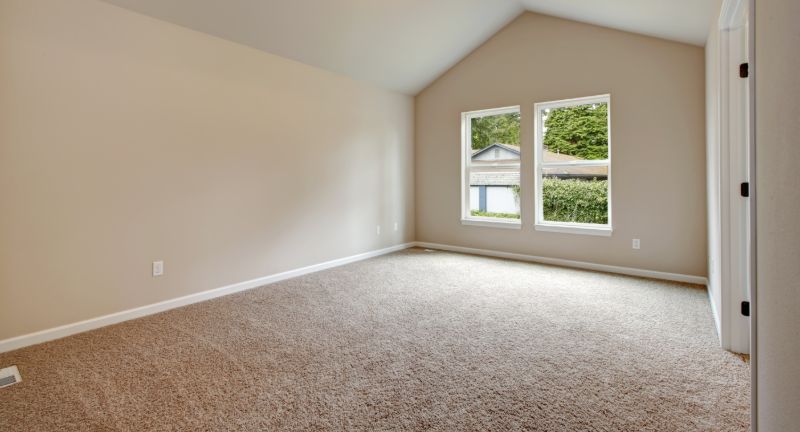
Shutterstock
Carpeting, especially if old or stained, can feel dated and hard to maintain. Today’s buyers often prefer hardwood or laminate flooring, which are easier to clean and more modern-looking. Replacing carpet with durable flooring options can instantly update a space. If you keep carpeting, ensure it’s clean and in good condition.
A Bad Paint Job

Shutterstock
Faded, chipped, or overly bold paint choices can make your home look neglected or polarizing. Neutral tones tend to attract more buyers and allow them to envision their style in the space. Fresh paint is one of the most cost-effective ways to refresh your home. A consistent color palette throughout also creates a cohesive, polished look.
Unclear Boundaries or Shared Spaces
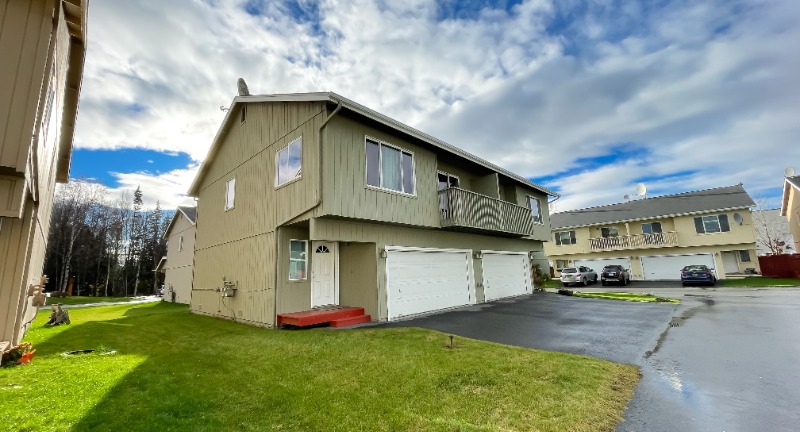
Shutterstock
Properties with shared driveways, fences, or unclear lot lines can lead to disputes or confusion for buyers. Resolving these issues before listing your home can prevent complications. Adding fencing or marking boundaries clearly increases privacy and security. Buyers are more likely to choose a property with defined ownership.
Poor Internet Connectivity

Shutterstock
In today’s digital world, poor internet speeds or limited service options are a major drawback. Buyers working remotely or streaming entertainment will prioritize homes with strong connectivity. Research and invest in boosting your home’s internet infrastructure where possible. Highlighting fast and reliable service can even become a selling point.
Low Ceilings

Shutterstock
Low ceilings can make rooms feel smaller and less open. While you can’t easily change ceiling height, strategic use of lighting and décor can create the illusion of space. Avoid heavy ceiling fixtures and opt for recessed lighting or tall furniture. Buyers are more likely to appreciate a bright, open-feeling home.
Overpricing Your Home
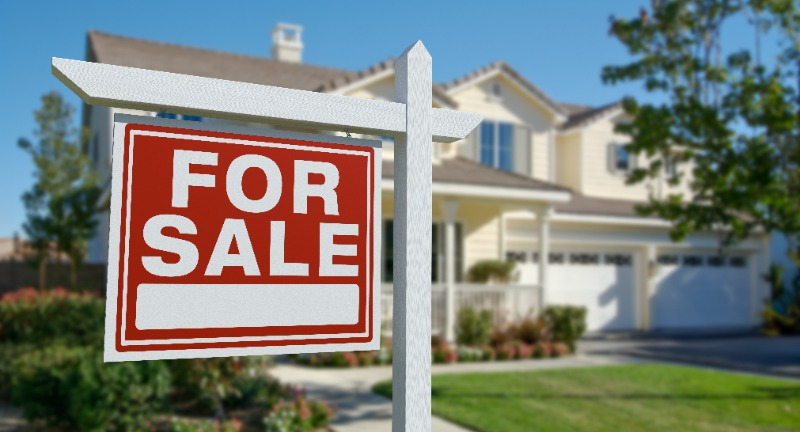
Shutterstock
Setting an unrealistic price can keep your property on the market longer, eventually leading to lower offers. Buyers often avoid homes perceived as overpriced, even if the features are competitive. Work with a real estate agent to analyze local market trends and set a fair, competitive price. A well-priced home attracts more interest and can result in multiple offers.
Old or Damaged Roofing
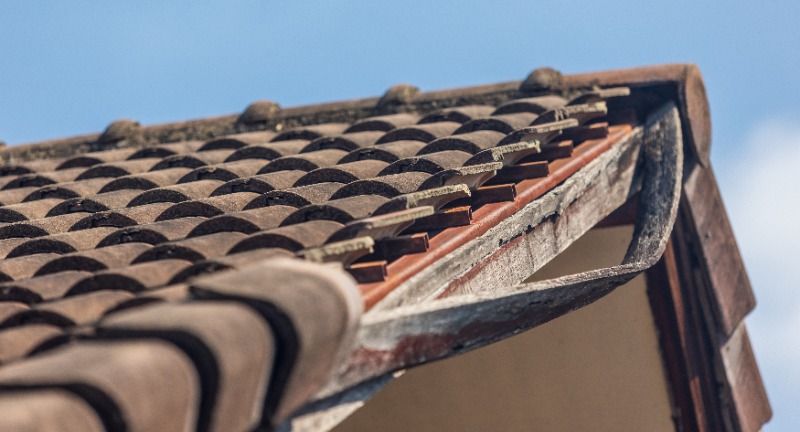
Shutterstock
A roof in poor condition signals future expenses, which can scare away buyers. Missing shingles, leaks, or discoloration are all red flags that reduce your property’s value. Regular maintenance and timely repairs are key to preserving your home’s structural integrity and attractiveness. A new roof, though costly, can provide peace of mind to buyers and help you sell faster.
Conclusion
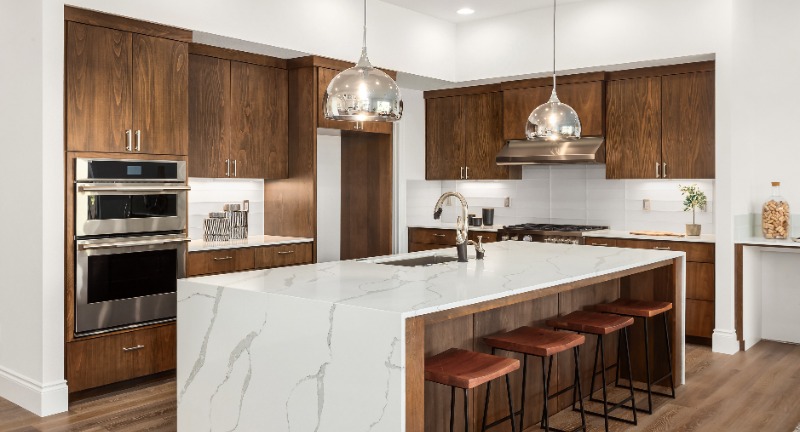
Shutterstock
Protecting your property value is about more than just keeping it clean and updated, it’s about understanding what buyers want and avoiding common pitfalls. By addressing potential red flags and making thoughtful decisions, you can safeguard your investment and maximize its appeal. Remember, small adjustments today can lead to significant financial rewards down the road. Stay proactive, and your home will remain a valuable asset for years to come.






















































